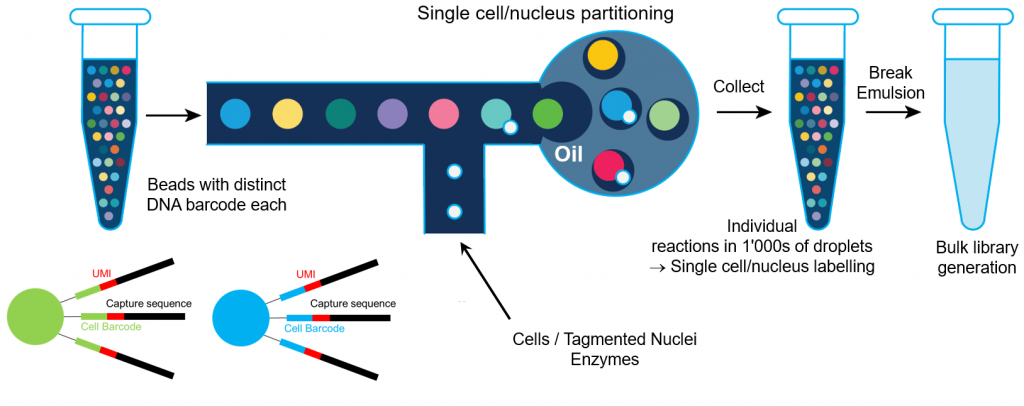

These data enabled identification of the transcriptional profiles of individual CAF populations, and revealed a TGFβ-programmed CAF, identifiable by expression of leucine-rich repeat containing 15 (LRRC15), that became the dominant fibroblast in advanced tumors. Our analyses revealed that preexisting fibroblast heterogeneity in normal tissue dictated the developmental trajectories of murine CAFs. We hypothesized that the changing microenvironment during tumor progression affects the phenotype of tissue-resident fibroblasts, resulting in their development into multiple CAF subsets. Normal tissues, nonmalignant adjacent tissue, and early and advanced tumors from genetically engineered mouse models (GEMM) were utilized in this study. We sought to provide an unbiased assessment of fibroblast heterogeneity in normal as well as PDAC tissues by using a combination of bulk and single-cell RNA sequencing (RNA-seq) of stromal cells. This work has important implications for targeting nonimmune elements of the tumor microenvironment to boost responses of patients with cancer to immune checkpoint blockade therapy. Furthermore, immunotherapy clinical trials comprising more than 600 patients across six cancer types revealed elevated levels of the LRRC15 + CAF signature correlated with poor response to anti–PD-L1 therapy. The presence of LRRC15 + CAFs in human patients was confirmed in >80,000 single cells from 22 patients with PDAC as well as by using IHC on samples from 70 patients. These LRRC15 + CAFs surround tumor islets and are absent from normal pancreatic tissue. We identify a population of carcinoma-associated fibroblasts (CAF) that are programmed by TGFβ and express the leucine-rich repeat containing 15 (LRRC15) protein.

Using single-cell transcriptomics, we chart the fibroblastic landscape during pancreatic ductal adenocarcinoma (PDAC) progression in animal models. The future of cell lineage relationships in the respiratory tract now resides in the combination of genetic labeling approaches with single-cell RNAseq to establish, in a definitive manner, the hallmarks of cellular lineages in normal and pathological situations.With only a fraction of patients responding to cancer immunotherapy, a better understanding of the entire tumor microenvironment is needed. Novel differentiation dynamics, such as a transition from goblet to multiciliated cells have also been discovered. In the human airway epithelium, single-cell RNAseq has identified novel intermediate populations such as deuterosomal cells, ‘hybrid’ mucous-multiciliated cells and progenitors of rare cells. In line with genetic tracing experiments in mouse trachea, studies using single-cell RNA sequencing (RNAseq) have shown that basal cells first differentiate into club cells, which in turn mature into goblet cells or differentiate into multiciliated cells. Single-cell RNA sequencing, coupled to lineage inference algorithms, has independently allowed the establishment of comprehensive pictures of cell lineage relationships in both mouse and human. From these approaches, basal cells have been identified as progenitors of club, goblet and multiciliated cells, but also of ionocytes and neuroendocrine cells. Airway epithelial cell lineages during regeneration have been investigated in the mouse by genetic labeling, mainly after injuring the epithelium with noxious agents. At homeostasis, this epithelium self-renews at low rate but is able of fast regeneration upon damage. This first line of defense of the lung against external stress includes five main cell types: basal, suprabasal, club, goblet and multiciliated cells, as well as rare cells such as ionocytes, neuroendocrine and tuft/brush cells. The respiratory tract is lined by a pseudo-stratified epithelium from the nose to terminal bronchioles.


 0 kommentar(er)
0 kommentar(er)
